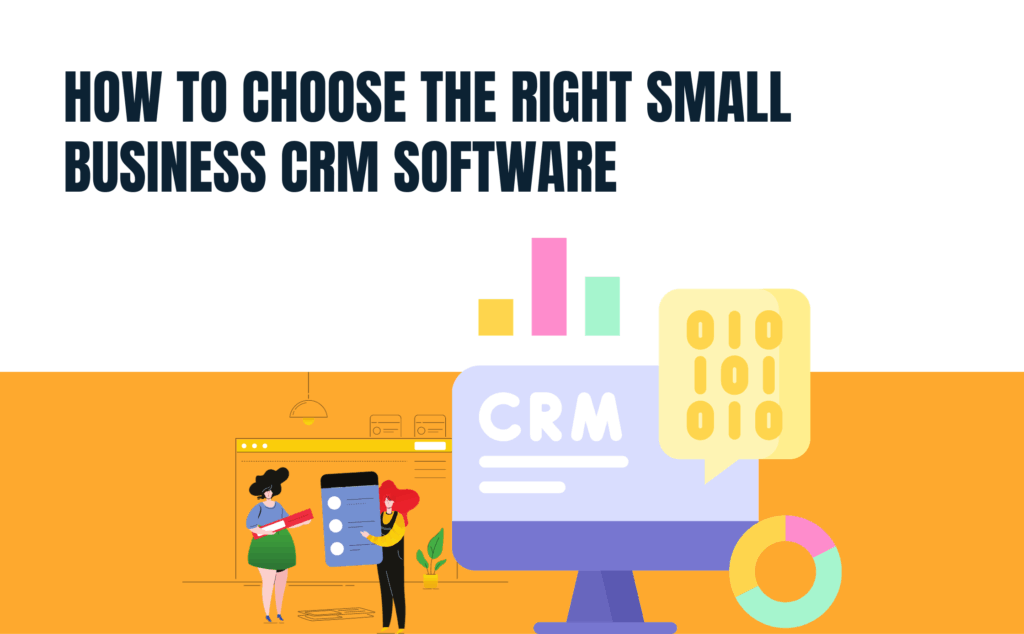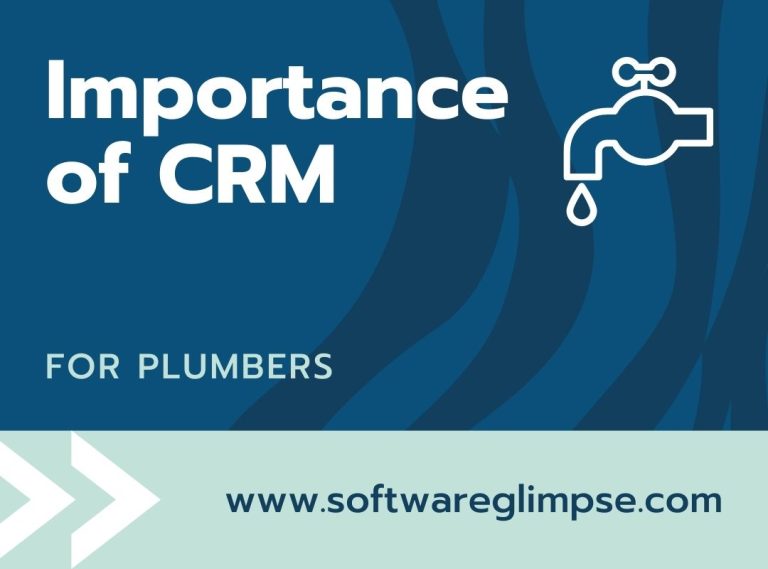
Unlock Growth: Essential CRM Tips for Small Businesses
Running a small business is a whirlwind of activity. You’re juggling everything from product development and marketing to customer service and finances. In the midst of all this, it’s easy to let customer relationships fall by the wayside. That’s where a Customer Relationship Management (CRM) system comes in. It’s not just for big corporations; a CRM can be a game-changer for small businesses, helping you nurture leads, close deals, and build lasting customer loyalty. This article will delve into essential CRM tips tailored specifically for small businesses, providing actionable strategies to maximize your CRM’s potential.
What is a CRM and Why Does Your Small Business Need One?
At its core, a CRM is a software system designed to manage your interactions with current and potential customers. It acts as a central hub for all customer-related data, including contact information, communication history, purchase history, and any other relevant details. This consolidated view allows you to understand your customers better, personalize your interactions, and provide exceptional service.
Why is a CRM crucial for small businesses?
- Improved Customer Relationships: A CRM helps you build stronger relationships by allowing you to track customer interactions, understand their needs, and personalize your communications.
- Increased Sales: By tracking leads, managing the sales pipeline, and automating sales tasks, a CRM can significantly boost your sales performance.
- Enhanced Efficiency: CRM systems automate many repetitive tasks, such as data entry and email follow-ups, freeing up your time to focus on more strategic activities.
- Better Decision-Making: With a CRM, you gain access to valuable data and analytics that can inform your business decisions and marketing strategies.
- Cost Savings: While there is an initial investment, a CRM can lead to long-term cost savings by streamlining processes, reducing errors, and improving customer retention.
Choosing the Right CRM for Your Small Business
Selecting the right CRM is critical to its success. The market is saturated with options, so it’s important to choose a system that aligns with your specific needs and budget. Here’s what to consider:
1. Define Your Needs and Goals
Before you start looking at CRM systems, take the time to define your business goals and how a CRM can help you achieve them. Ask yourself questions like:
- What are your primary goals for implementing a CRM? (e.g., increase sales, improve customer service, streamline marketing)
- What specific features do you need? (e.g., contact management, sales pipeline tracking, email marketing integration)
- How many users will need access to the CRM?
- What is your budget?
- What integrations do you need (e.g., with your website, accounting software, email provider)?
Answering these questions will help you narrow down your options and choose a CRM that’s the right fit for your business.
2. Consider Ease of Use and Implementation
A CRM that’s difficult to use or implement will be a waste of time and money. Look for a system that’s intuitive, user-friendly, and easy to set up. Consider the following:
- User Interface: Is the interface clean and easy to navigate?
- Training: Does the vendor offer training and support?
- Implementation: How long will it take to implement the system? Is there any data migration involved?
- Mobile Accessibility: Does the CRM have a mobile app or a responsive design for access on the go?
Prioritize systems that offer a smooth learning curve and straightforward implementation process.
3. Explore Different CRM Options
There are many CRM options available, each with its own strengths and weaknesses. Some popular choices for small businesses include:
- HubSpot CRM: Known for its user-friendliness, free version, and comprehensive marketing features.
- Zoho CRM: Offers a wide range of features at a competitive price point, with good customization options.
- Salesforce Essentials: A scaled-down, affordable version of Salesforce designed for small businesses.
- Pipedrive: Focuses on sales pipeline management and is known for its visual interface.
- Freshsales: User-friendly, with features for sales and customer support.
Research different options and compare their features, pricing, and reviews to find the best fit for your business.
4. Evaluate Pricing and Scalability
CRM systems vary widely in price, from free versions to enterprise-level solutions. Consider your budget and the scalability of the system. Will it grow with your business? Consider:
- Pricing Plans: What are the different pricing tiers? What features are included in each tier?
- Hidden Costs: Are there any additional costs for add-ons, integrations, or support?
- Scalability: Can the system handle your growing customer base and expanding needs?
Choose a CRM that offers a pricing plan that aligns with your budget and provides the flexibility to scale as your business grows.
Essential CRM Tips for Small Businesses
Once you’ve chosen a CRM, the real work begins. Here are some essential tips to help you get the most out of your CRM:
1. Data Entry and Organization
A CRM is only as good as the data it contains. Accurate, complete, and well-organized data is crucial for effective CRM usage. Here’s how to manage your data:
- Import Data: Import existing customer data from spreadsheets or other sources into your CRM.
- Standardize Data: Establish consistent data entry standards for contact information, lead sources, and other fields.
- Keep Data Updated: Regularly update customer information to ensure accuracy. Remove outdated or irrelevant data.
- Segment Your Data: Use segmentation to group customers based on demographics, behavior, or other criteria. This allows for targeted marketing and personalized communication.
Regular data maintenance will ensure your CRM provides you with reliable insights and helps you make informed decisions.
2. Sales Pipeline Management
A well-managed sales pipeline is key to closing deals and driving revenue. Use your CRM to:
- Track Leads: Monitor leads throughout the sales process, from initial contact to closing.
- Create Stages: Define the stages in your sales pipeline, such as “Lead,” “Qualified,” “Proposal,” “Negotiation,” and “Closed.”
- Assign Tasks: Assign tasks to sales representatives, such as making calls, sending emails, or scheduling meetings.
- Set Reminders: Use reminders to follow up with leads and stay on top of your sales activities.
- Analyze Performance: Track your sales pipeline performance to identify bottlenecks and areas for improvement.
Effective pipeline management will help you streamline your sales process and increase your conversion rates.
3. Automate Tasks
Automation can save you significant time and effort. Automate repetitive tasks such as:
- Email Marketing: Automate email campaigns to nurture leads and promote your products or services.
- Follow-up Emails: Set up automated follow-up emails to leads who haven’t responded to your initial outreach.
- Task Creation: Automate the creation of tasks, such as sending a welcome email to a new customer or creating a follow-up task after a phone call.
- Workflow Automation: Use workflows to automate complex processes, such as lead qualification or deal assignment.
Automation allows you to focus on more strategic activities, such as building relationships and closing deals.
4. Use Reporting and Analytics
CRM reporting and analytics provide valuable insights into your sales performance, customer behavior, and marketing effectiveness. Use your CRM to:
- Track Key Metrics: Monitor key metrics, such as sales revenue, conversion rates, customer acquisition cost, and customer lifetime value.
- Generate Reports: Generate reports to analyze your sales pipeline, marketing campaigns, and customer service performance.
- Identify Trends: Identify trends in customer behavior and sales performance to inform your business decisions.
- Optimize Your Strategies: Use data insights to optimize your sales, marketing, and customer service strategies.
Data-driven insights will help you make more informed decisions and improve your overall business performance.
5. Integrate with Other Tools
Integrate your CRM with other tools to streamline your workflows and improve your overall efficiency. Consider integrating with:
- Email Marketing Platforms: Integrate your CRM with your email marketing platform to automate email campaigns and track their performance.
- Social Media: Integrate your CRM with social media platforms to monitor social media activity and engage with your customers.
- Accounting Software: Integrate your CRM with your accounting software to track sales, manage invoices, and gain a complete view of your finances.
- Website: Integrate your CRM with your website to capture leads, track customer behavior, and personalize your website experience.
Integration will help you create a seamless workflow and provide a more comprehensive view of your customer interactions.
6. Provide Excellent Customer Service
Exceptional customer service is crucial for building customer loyalty and driving repeat business. Use your CRM to:
- Track Customer Interactions: Track all customer interactions, including phone calls, emails, and support tickets.
- Personalize Your Service: Use customer data to personalize your interactions and provide tailored solutions.
- Respond Quickly: Respond to customer inquiries and support tickets promptly.
- Provide Self-Service Options: Offer self-service options, such as a knowledge base or FAQ section, to empower customers to find answers to their questions.
- Gather Feedback: Gather customer feedback to identify areas for improvement and ensure customer satisfaction.
Prioritizing customer service will help you build strong relationships with your customers and drive long-term success.
7. Training and Adoption
Ensure that your team is properly trained on how to use the CRM. Provide training on:
- Data Entry: Train your team on how to enter data accurately and consistently.
- Sales Pipeline Management: Train your sales team on how to manage leads, track opportunities, and close deals.
- Reporting and Analytics: Train your team on how to generate reports and use data insights to inform their decisions.
- Automation: Train your team on how to use automation features to streamline their workflows.
Encourage team-wide adoption by demonstrating the value of the CRM and highlighting its benefits. Offer ongoing support and training to ensure that your team continues to use the CRM effectively.
8. Mobile CRM Usage
In today’s fast-paced business environment, mobility is key. Make sure your team can access the CRM on the go. Consider:
- Mobile App: Does your CRM have a mobile app? Mobile apps allow your team to access customer data, update information, and manage their tasks from anywhere.
- Responsive Design: If a mobile app isn’t available, is the CRM’s web interface responsive and accessible on mobile devices?
- Mobile Optimization: Make sure the CRM is optimized for mobile use, with a clean and easy-to-navigate interface.
Mobile CRM access allows your team to stay connected and productive, even when they’re away from the office.
9. Security and Compliance
Protecting customer data is paramount. Ensure your CRM system has robust security features and complies with relevant regulations. Consider:
- Data Encryption: Does the CRM encrypt data at rest and in transit?
- Access Controls: Does the CRM allow you to control who has access to sensitive data?
- Compliance: Does the CRM comply with relevant regulations, such as GDPR or CCPA?
- Regular Backups: Are your CRM data backed up regularly?
Prioritizing security and compliance will protect your customer data and build trust with your customers.
10. Regular Review and Optimization
CRM is not a set-it-and-forget-it solution. Regularly review your CRM usage and make adjustments as needed. Consider:
- Performance Review: Review your CRM performance on a regular basis. Are you achieving your goals?
- User Feedback: Gather feedback from your team on their experience with the CRM.
- Feature Utilization: Are you using all of the features of your CRM? If not, consider training or exploring new features.
- Optimization: Make adjustments to your CRM setup and processes to optimize its performance and improve your results.
Continuous improvement is essential to maximizing the value of your CRM.
Common Mistakes to Avoid
Even with the best intentions, small businesses can make mistakes when implementing and using a CRM. Avoiding these common pitfalls will help you maximize your CRM’s effectiveness:
- Not Defining Goals: Failing to define your goals before implementing a CRM.
- Choosing the Wrong CRM: Selecting a CRM that doesn’t meet your needs or budget.
- Poor Data Quality: Entering inaccurate or incomplete data.
- Lack of User Training: Failing to train your team on how to use the CRM.
- Ignoring Customer Feedback: Not listening to customer feedback and making improvements accordingly.
- Not Integrating with Other Systems: Failing to integrate the CRM with other tools and systems.
- Neglecting Regular Review: Not reviewing your CRM usage and making adjustments as needed.
By avoiding these common mistakes, you can significantly increase the chances of CRM success.
Conclusion: Embrace the Power of CRM
Implementing a CRM is a significant step for any small business looking to grow and thrive. By following the tips outlined in this article, you can choose the right CRM, implement it effectively, and leverage its power to build stronger customer relationships, increase sales, and streamline your operations. Don’t be afraid to embrace the power of CRM and watch your small business flourish.

